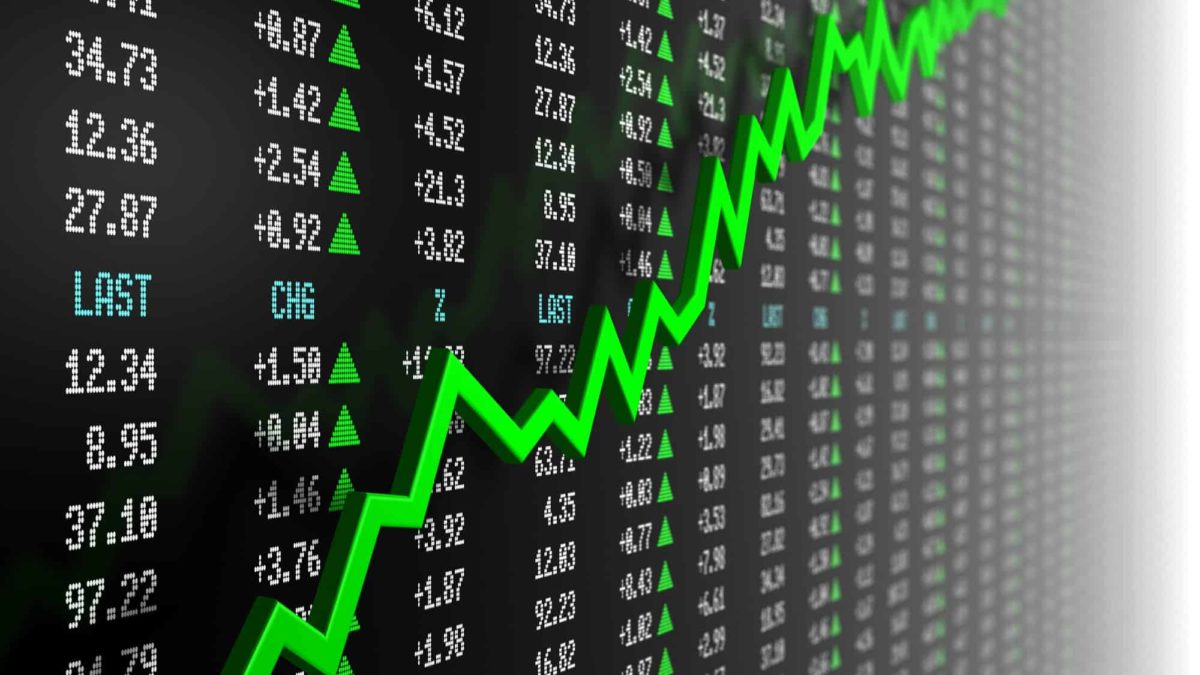By far the most popular and tracked index covering Australian shares is the S&P/ASX 200 Index (ASX: XJO). Sure, the All Ordinaries Index (ASX: XAO) is older. But the ASX 200 seems to have overtaken the All Ords in terms of what ASX investors usually take a peek at when they want to know what's going on with the share market.
And fair enough too. Everyone knows the major constituents of both indexes, such as Commonwealth Bank of Australia (ASX: CBA), Telstra Corporation Ltd (ASX: TLS) and Woolworths Group Ltd (ASX: WOW). But you'd be hard-pressed to find an Aussie (perhaps even an investor) that could name 5 companies outside the ASX 200.
Most ASX index exchange-traded funds (ETFs) accordingly track the ASX 200 .These include the iShares Core S&P/ASX 200 ETF (ASX: IOZ), the SPDR S&P/ASX 200 ETF (ASX: STW) and the BetaShares Australia 200 ETF (ASX: A200).
But there is a glaring exception. The Vanguard Australian Shares Index ETF (ASX: VAS) shuns the ASX 200 in favour of the S&P/ASX 300 (ASX: XKO). This index is just like it sounds – instead of covering the top 200 ASX shares by market capitalisation, it throws on an extra 100 smaller ASX companies on the bottom.
This Vanguard ETF also happens to be the most popular (by fund size) ETF on the ASX. So how does the ASX 300 measure up against the ASX 200?
ASX 200 vs ASX 300 – is bigger always better?
Let's look at some performance figures.
So according to Vanguard, The VAS ETF has returned 28.78% over the past 12 months (to May 31, 2021). It has also averaged a 10.1% per annum return over the past 3 years, 10.16% over the past 5 and 8.64% over the past 10.
To compare this performance to an ASX 200 ETF, let's take the iShares IOZ ETF. According to this fund's provider BlackRock, IOZ has returned 28.12% over the past 12 months (also to 31 May). Again, that's including fees and expenses (0.09% per annum this time), and also assuming all dividend distributions were reinvested. Over the past 3 years, this EFT managed an average of 9.82%. Over the past 5, it was 9.97%, and 8.55% for the past 10.
So the ASX 300 appears to have a slight edge when just looking at historical performance. However, keep in mind that the future is uncertain and that these past numbers do not indicate future returns.
We can say that ASX investors who chose the ASX 300 VAS ETF to invest in have done marginally better than those going for the ASX 200 IOZ fund over the past decade. In saying that though, there really wasn't much in it though.









